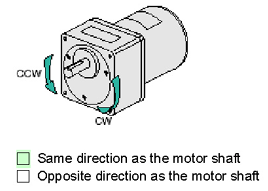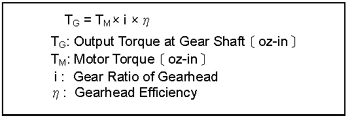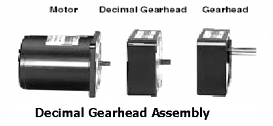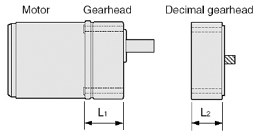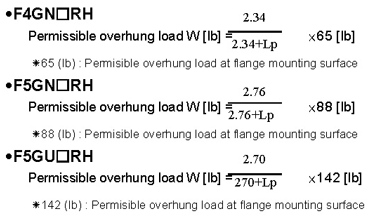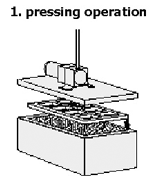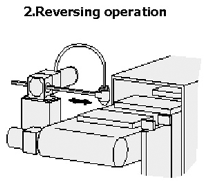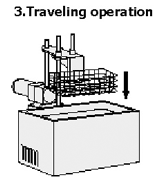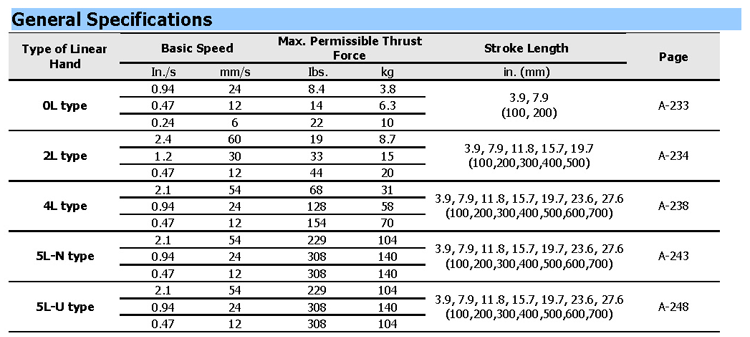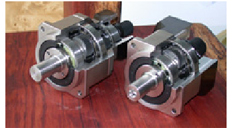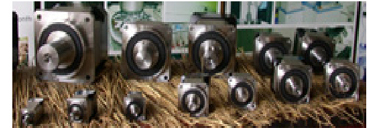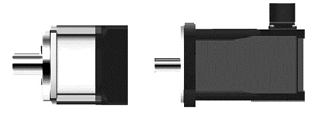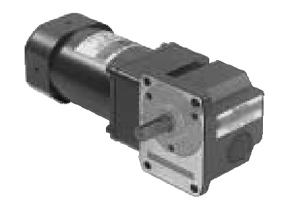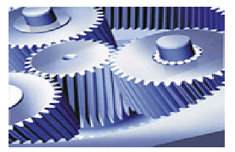|
| |
|
|
| |
 |
WORLD
STANDARD SPUR GEARHEAD
|
|
| |
| Spur
Gearheads |
|
 |
|
| |
|
| |
 |
 |
| Overhung load values for hollowshaft models are distances from the flange mounting surface. |
|
| |
- Enter the gear ratio in the box(„T) within the model name.
- Caution: Unlike most worm gear mechanisms, the right-angle gear does not have self-locking capabilities.
|
|
| |
|
| |
Speed
and Direction of Rotation |
| |
|
| |
 |
| |
|
| |
Output
Torque of Gearmotor |
| |
The output torque when a gearhead is directly connected is
calculated as follows: |
| |
|
| |
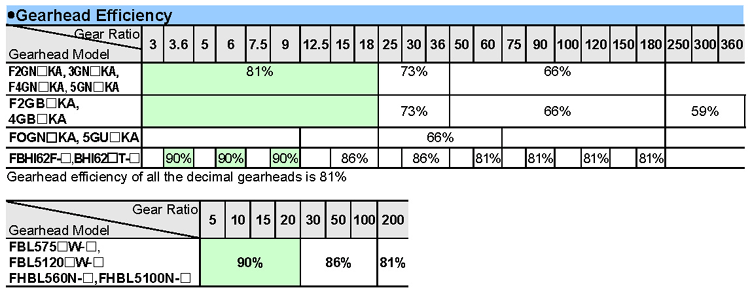 |
| |
|
| |
|
|
| |
Screw
Dimensions |
| |
GN
type, GU
type, GB
type, GC
type, BH
series, FBL II
series, HBL
series, FPW
series, Gearheads
The following screws are provided with the gearhead and decimal gearthad. |
| |
|
| |
 |
| |
|
| |
| Right
Angle Gearhead |
 |
To assemble the motor and gearhead, use the screws
provided with the gearhead. To mount an additional
decimal gearhead. To attach the gearhead to other
devices, obtain the screws separately. |
|
| |
|
| |
|
| |
|
|
| |
|
| |
 |
WORLD
STANDARD WORM GEARHEADS
|
|
| |
| Right-Angle
Gearheads |
| Right- Angle gearheads are
flange-mounted Gearheads that use worm gears and special
heli-cal gears. They allow motors to be installed at right
angles to the axis of equipment such as belt conveyors.
They are available in hollow shaft RH and solid shaft RA
models and are ideal for keeping equipment compact. |
|
| Features: |
- Right angle gearheads with mounting sizes of 3.15 inch
square (for 25W) or 3.54 inch square (for 40W)are available
for the GN pinion mounting sizes of 3.54 inch (for 60
or 90 W) are available for the GU pinion. They can be
connected to all Oriental Motor AC motors with the exception
of clutch and brake and FPW
washdown motors.
- The output shaft is perpendicular to the motor shaft,
so the motor can be installed perpendicular to the axis
being riven.
- Eleven gear ratios are available from 3.6:1 to 180:1.
The optimum gear ratio can be selected just as with ordinary
gearheads. The maximum permissible torques are also the
same as for ordinary gearheads.
- Hollow shaft gearheads allow additional space savings
and simpler mechanism designs since they do not require
couplings for mounting. Usually, hollow shaft gearheads
are locked with a torque arm when mounted so the gearhead
does not rotate from the reactive force of the load. When
mounted with a torque arm, no centering is needed, so
it is faster to mount the gearhead on the device.
|
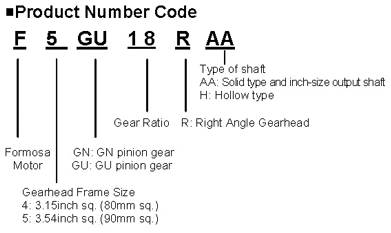 |
 |
|
|
|
| |
 |
 |
| Overhung load values for hollowshaft models are distances from the flange mounting surface. |
|
| |
- Enter the gear ratio in the box(„T) within the model name.
- Caution: Unlike most worm gear mechanisms, the right-angle gear does not have self-locking capabilities.
|
|
| |
|
| |
Calculating
permissible overhung load for hollowshaft models |
| |
When the end of the shaft being driven is supported as in the figure below, calculate the permissible overhung load using the following equations.
(This mechanism is the most demanding in terms of overhung load.) |
|
| |
|
| |
|
| |
Gearhead
Efficiency |
| |
The permissible torques shown on the following page cover most motor combinations. For motor combinations not covered,
use the efficiency value in the table below for your calculations.
When making a selection, remember that the transfer efficiency at startup is lower than at the rated speed. |
|
| |
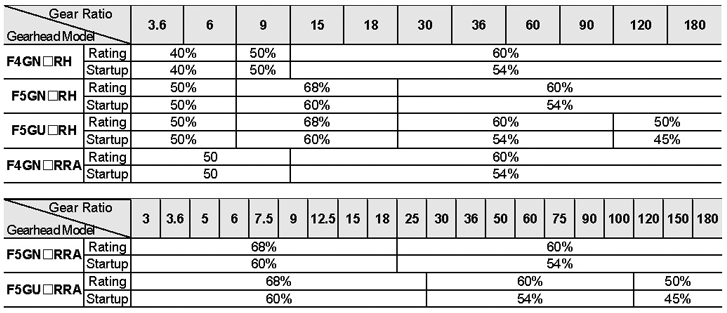 |
| |
|
|
| |
 |
WORLD
STANDARD WORM GEARHEADS |
|
Linear Heads |
|
|
| |
| |
Features: |
| Linear heads are linear motion rack-and-pinion units for use
With our standard AC motors. |
- Depending on the type of motor coupled directly to the linear
head, various types of movements are possible.
- A wide range of products are available.
- Motors for direct coupling to the linear heads are sold separately.
- Decimal gearheads which reduce the basic speed by 10:1 are
available.
|
 |
|
| |
| Example
Applications |
L-line provides a linear drive mechanism in the form
of a unit. it can be used in a variety of applications,
As shown in the figures, for simpler mechanism design and easier
wiring. |
|
|
|
|
| |
|
| |
|
| |
- Basic speed is based on the synchronous speed (1800r/min at 60Hz). The actual speed varies with the load or power supply frequency.
- The permissible thrust force is determined by the strength of the linear head. Just as when connecting a gearhead to the motor, increasing the gear ratio generates greater thrust force, but the motor should always be operated below the maximum permissible thrust force.
- The thrust force is the value when operating the rack in a horizontal direction.
- The thrust force given is for when combined with a reversible motor.
|
|
| |
 |
| |
- The torque motor does not have a built-in friction brake. Be sure that the torque motor has no holding brake force even when stopping during vertical operation.
- When operating a torque motor at high-speed. Ensure that the rack does not hit an object and stop, since this can add excessive torque to the linear head and subject it to inertial stock which can significantly shorten its life.
|
|
| |
|
| |
|
| |
|
|
| |
|
| |
 |
WORLD
STANDARD PLANETARY GEARHEADS |
|
| |
| Planetary
Gearheads |
The basic gearing system of a planetary is showed as below.
This gearhead gets its name from its resemblance to a solar
system. In this case, planet gears revolve around a sun gear.
The input shaft rotates the sun gear. Each of the planet gears
simultaneously apply a torque to the rotating planet member
which then applies a torque to the output shaft (back side)
This is a more sturdy and accurate system than the inline
spur. An inline planetary gearhead can handle more than double
the output torque of a spur of the same size. But due to the
extra parts and assembly work, they can be quite a bit more
expensive.
In general, planetary gearheads are used in positioning
applications and usually far more precise, robust, and
costly. Offset gearheads are ideal for unidirectional constant
velocity applications where backlash is not a concern.
|
|
The planetary gearhead is approximately 90% efficient and
can have a backlash as low as 5 arc minutes. Gear reductions
is more elastic than spurs
gears. To learn more information about the planetary gearhead
and full range of our detailed catalogue,
we suggest you contact our sales engineer by
telst@ms67.hinet.net |
|
|
|
| |
|
 |
| Overhung load values for hollowshaft models are distances from the flange mounting surface. |
|
| |
- Enter the gear ratio in the box(„T) within the model name.
- Caution: Unlike most worm gear mechanisms, the right-angle gear does not have self-locking capabilities.
|
|
| |
|
|
| |
|
| |
|
| |
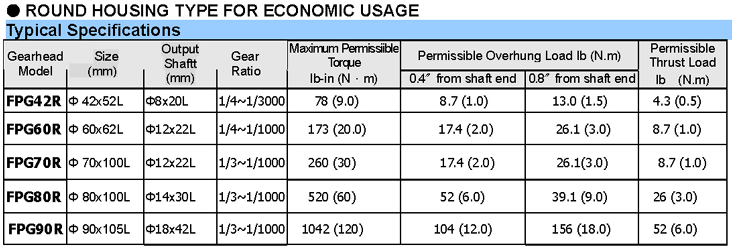 |
 |
| Overhung load values for hollowshaft models are distances from the flange mounting surface. |
|
| |
- Enter the gear ratio in the box(„T) within the model name.
- Caution: Unlike most worm gear mechanisms, the right-angle gear does not have self-locking capabilities.
|
|
| |
|
| |
|
| |
|
| |
|
| |
|
| |
|
| |
|




